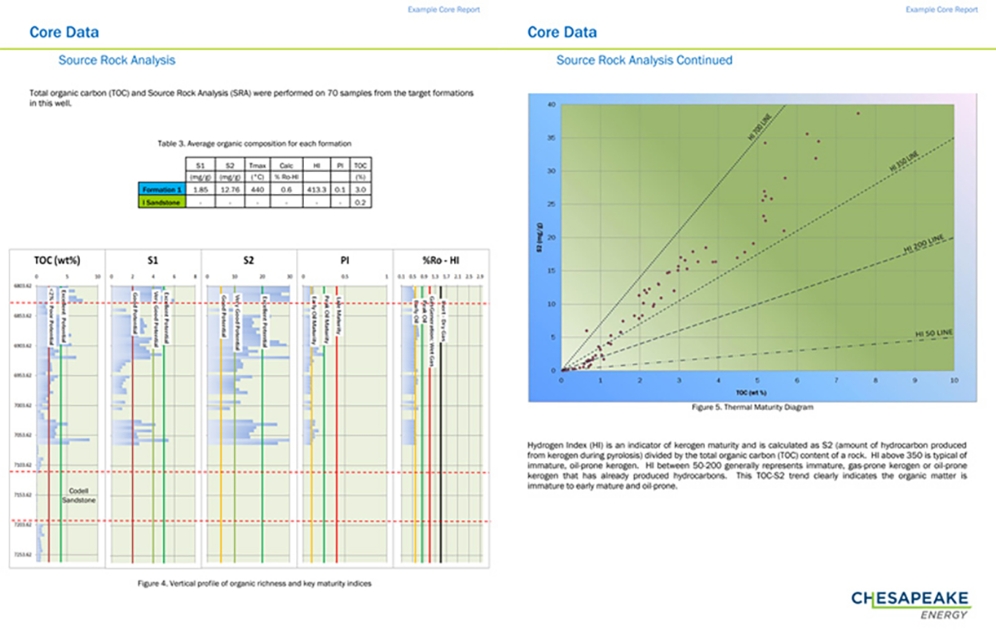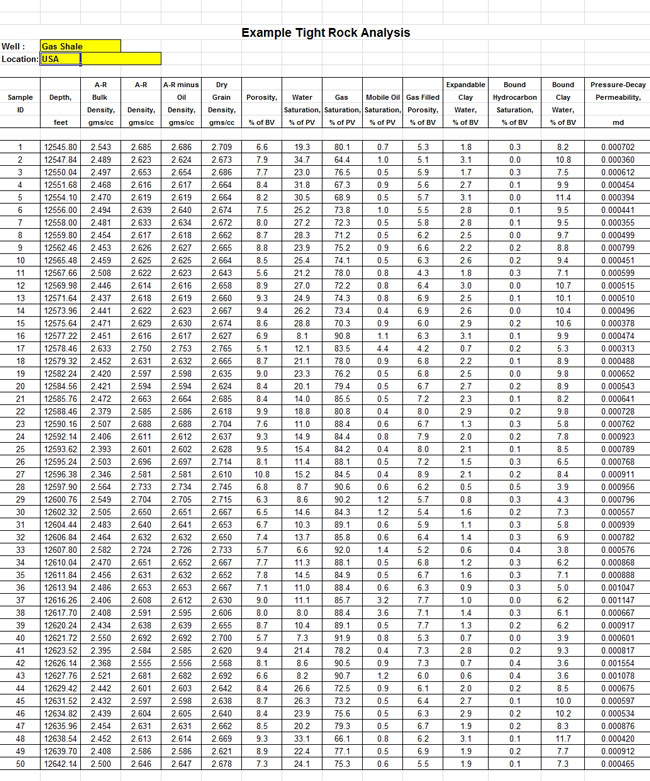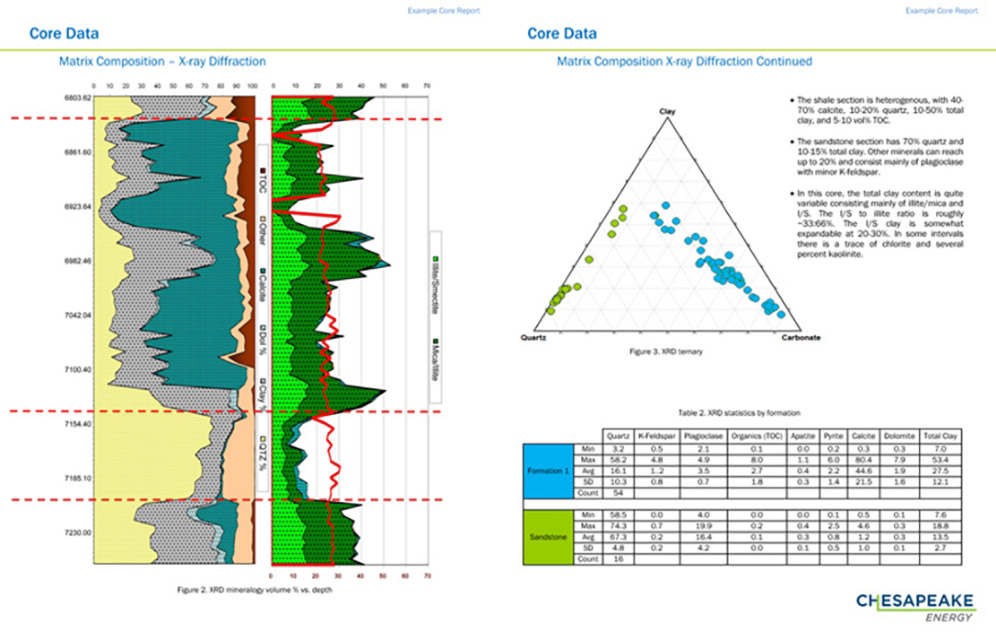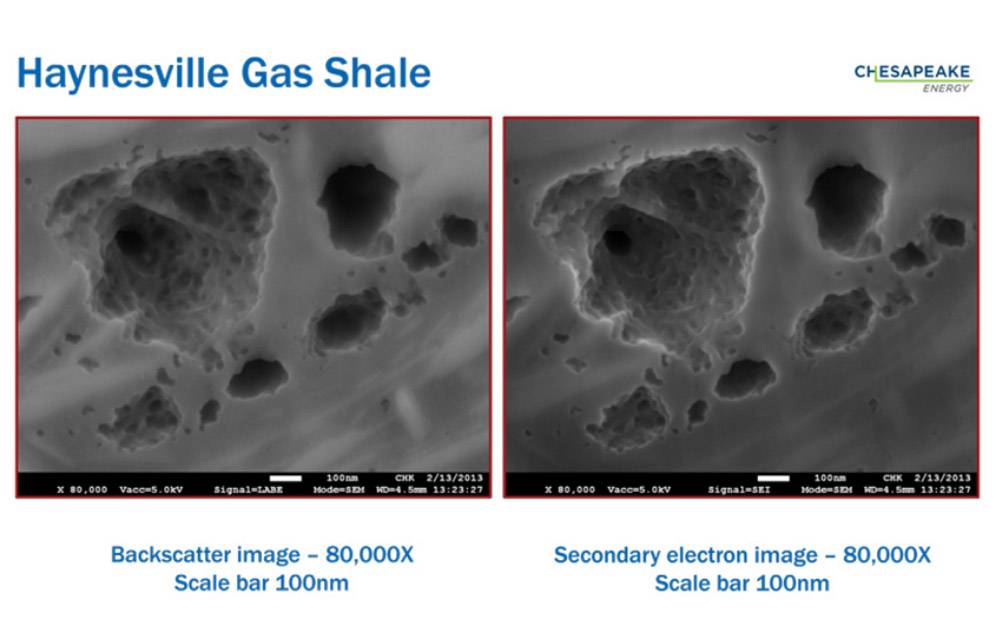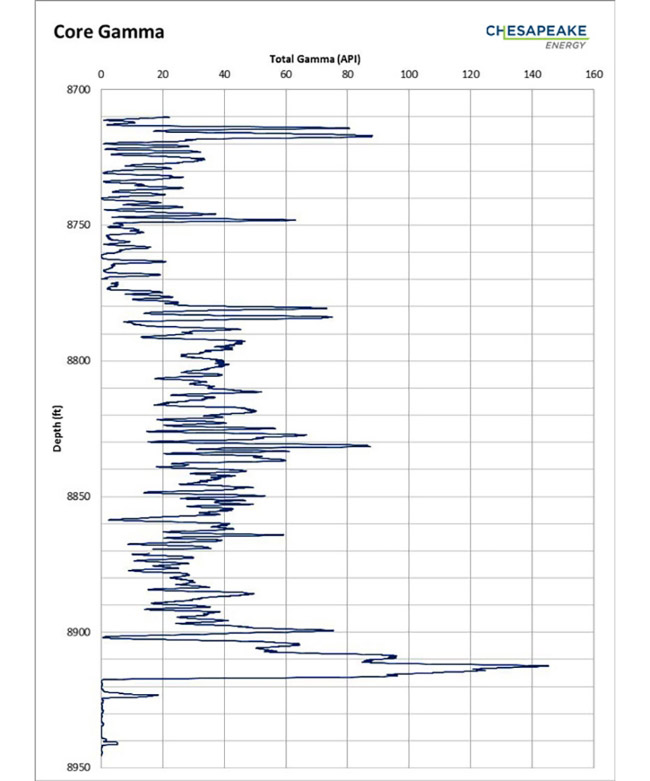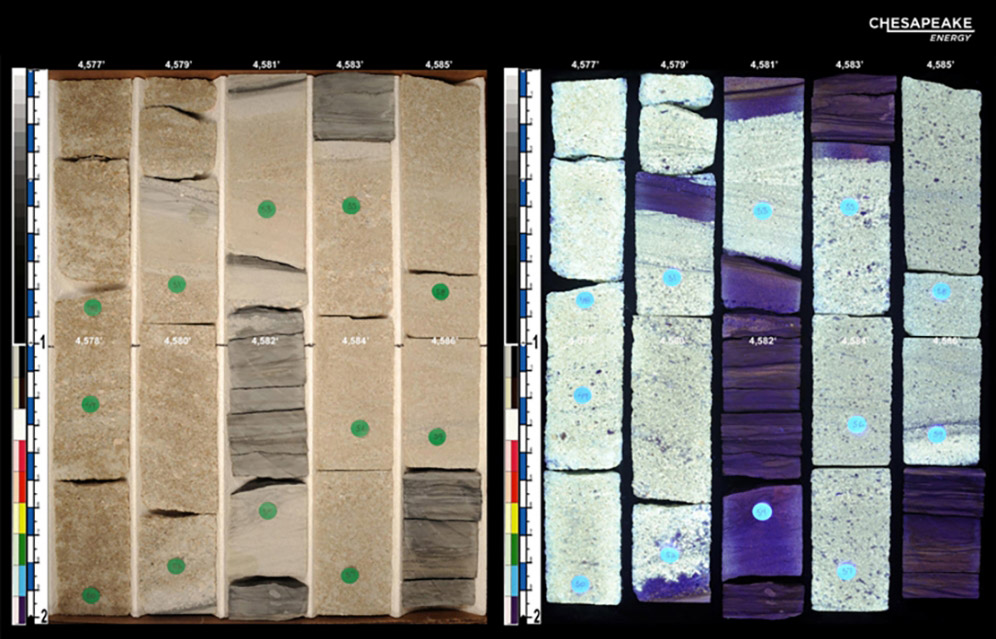Reservoir Technology Center
We created the Reservoir Technology Center to use the latest technology to deliver the most accurate core analysis — allowing us to see the big picture and to make operational decisions that offer the most value. This innovative approach led to Chesapeake’s success in unconventional shale plays such as the Haynesville, Marcellus and Utica.
The center offers impressive functionality, innovative employee thinking, pioneering technology and quick turnaround time. We share these benefits both with Chesapeake and external clients, serving some of the nation’s largest E&P companies with our expert analysis.
Confidentiality is key. Your confidential samples and results are maintained on a firewall-protected, encrypted FTP site outside of Chesapeake’s network. Core samples and remnants can be returned to you immediately or placed in our 32,000-square-foot climate-controlled storage facility.
Precise and Proven Results
More than 60,000 feet of core analyzed across 50+ plays*
Industry-Leading Experience
Only industry lab performing routine low-perm reservoir core analysis
Fast Turnaround
Ability to analyze up to 500 feet of core in less than three weeks
Advanced Technologies
Further extending capabilities for reservoir development and improving predictions for thermal maturity and expected liquids production
For more information or to schedule a tour of our facility, email RTC.
*Analyzed plays include: Anadarko Basin tight sands, Barnett Shale, Eagle Ford Shale, Haynesville Shale, Marcellus Shale, Mississippi Lime Play, Niobrara Shale and the Utica Shale
Some of our services include:
Organic geochemistry/
thermal maturity
Total organic carbon is measured with a LECO carbon analyzer. Thermal maturity is measured by a pyrolysis method, which measures the amount of hydrocarbons evolved as a function of temperature. These values are used to calculate whether the reservoir is in the dry gas, wet gas or oil window.

Unconventional reservoir core analysis
This suite of tests yields bulk density, porosity, permeability and fluid saturations. The exact procedures are tailored to the reservoir (oil or gas) and to the tightness of the rock. Porosity is measured by Boyle’s Law expansion on plugs or on crushed rock (modified GRI method), and permeability is measured with a pressure-decay method.
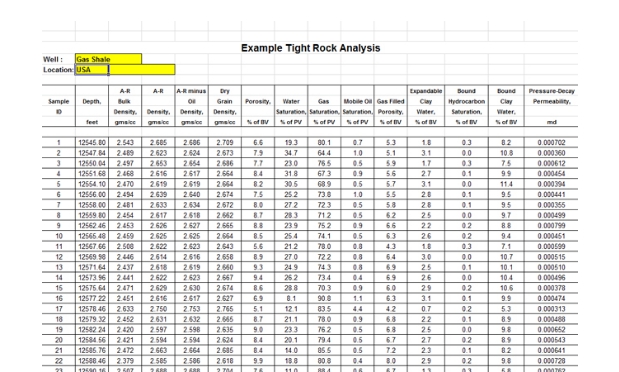
Quantitative mineralogy by X-ray diffraction
Samples for X-ray diffraction are crushed, powdered and then analyzed with a Bruker diffractometer. Quantitative analysis is performed by a full-pattern matching system.

FE SEM analysis with
Ar-ion polishing
Samples are analyzed by a JEOL field-emission microscope after polishing with an argon ion mill. Using this technique, nanopores as small as 5 nanometers can be imaged at magnifications up to 700,000x.
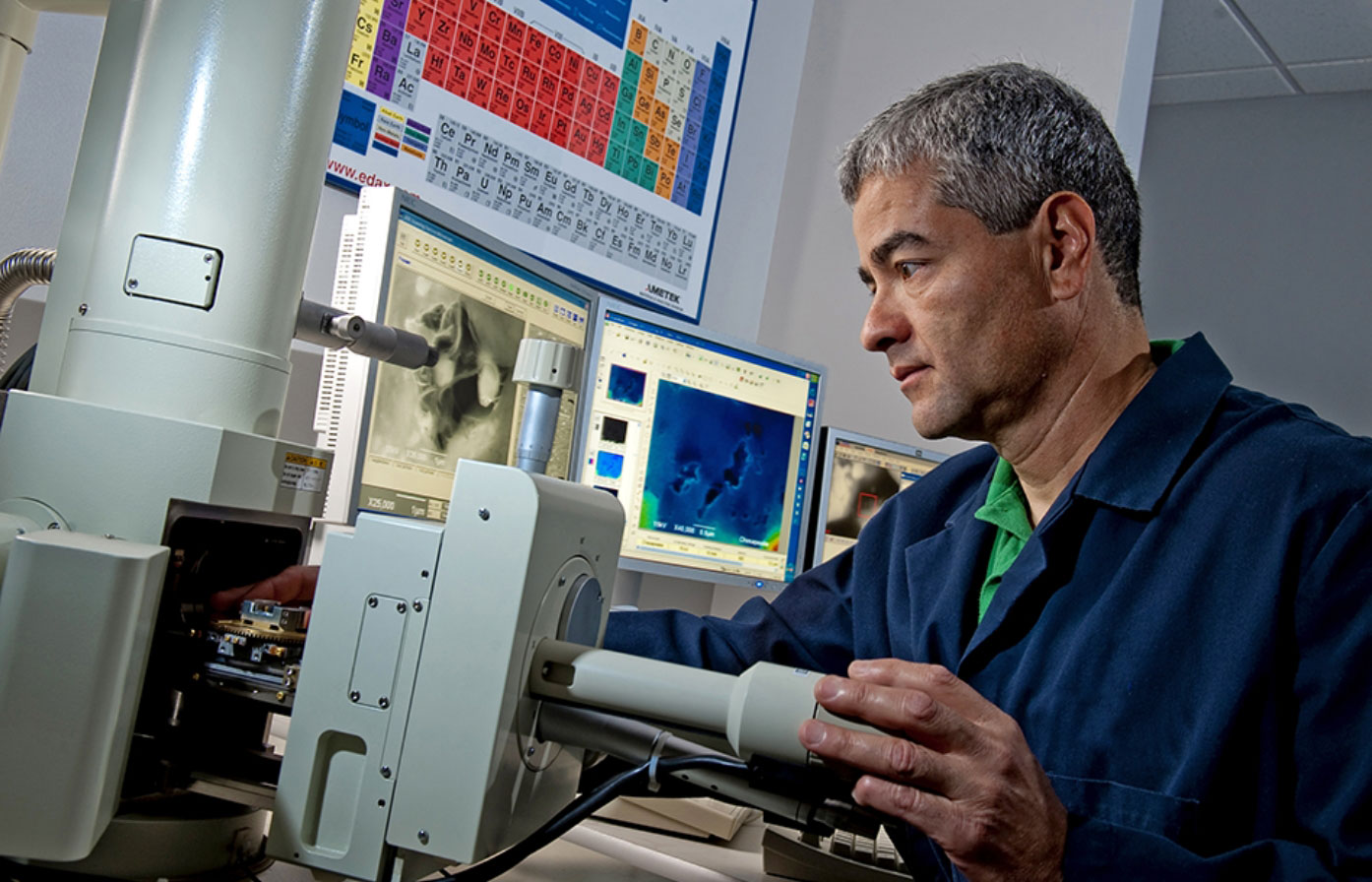
Spectral core gamma
This tool measures potassium, uranium and thorium responses in rock. The data provides a core-to-log depth shift when compared to the wireline log gamma.
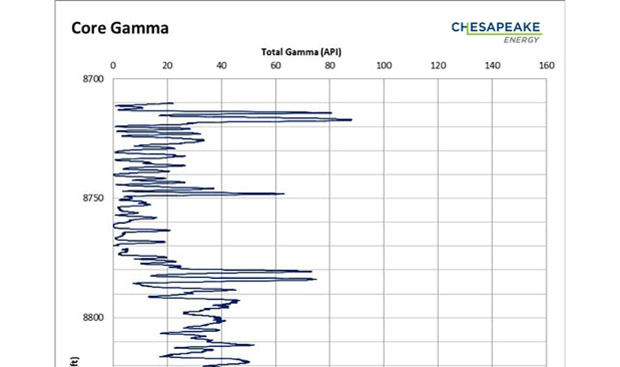
Core photography
Digital white light and UV images are acquired at high resolution. Example image on the right shows a highly fluorescent bentonite layer which are important marker beds in some plays.

